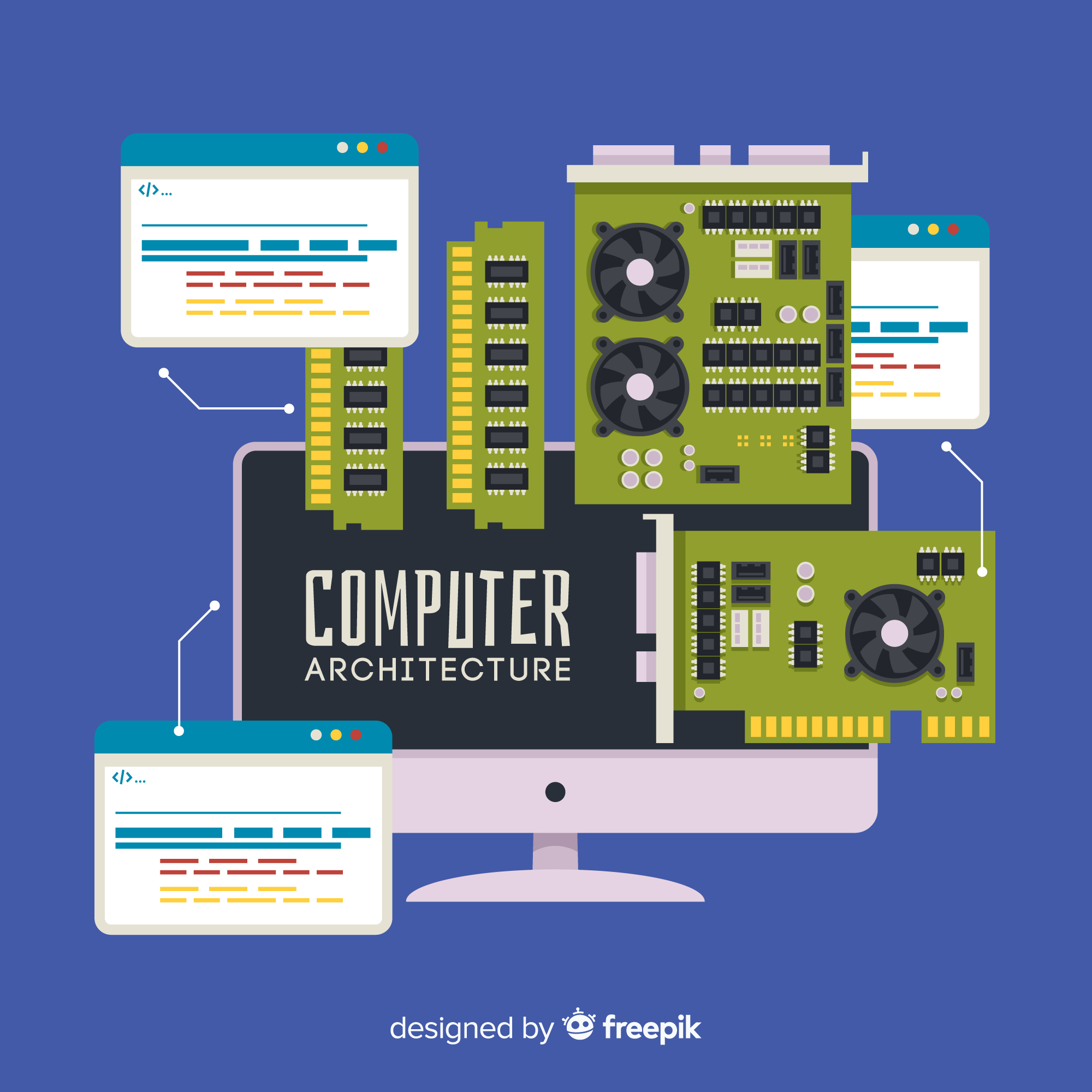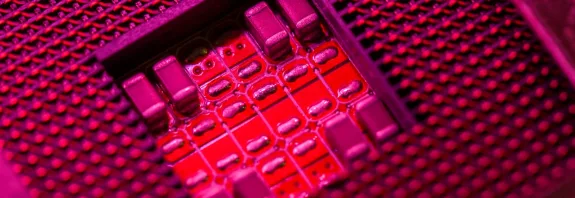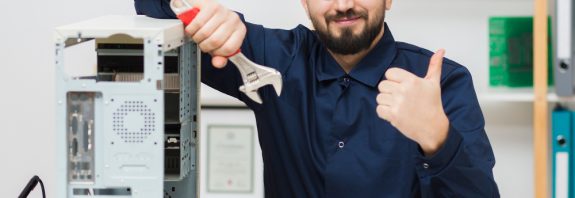Risks of Building Your Own Computer

Risks of Building Your Own Computer: What Should You Watch Out For?
Assembling a computer yourself can be an exciting and rewarding experience for many enthusiasts and gamers. However, alongside the opportunity to create your ideal system, there are risks that need to be considered. In this article, we’ll explore the main risks of building a computer yourself and offer tips on how to avoid them.
Risks of Building Your Own Computer: Warranty and Support
One of the key advantages of a pre-built computer is the manufacturer’s warranty and support. When you build your own computer, you increase the risk of having to handle any issues with individual components on your own. In some cases, this might involve contacting the manufacturer of a specific part, which can be a complicated and costly process.
Tip: Before selecting components for your build, familiarize yourself with each manufacturer’s warranty and support policies. Choose brands that offer reliable support and have a strong reputation.
Component Compatibility
Not all components are compatible with one another. This can include incompatibilities between the motherboard, processor, RAM, graphics card, and more. If you don’t thoroughly research and ensure that all your components work together, you might face problems down the line.
Tip: Use online compatibility checkers or consult forums where other enthusiasts can provide helpful advice on selecting compatible parts.
Lack of Expertise
Building a computer requires a certain level of technical knowledge. If you lack the necessary skills or experience, you risk damaging components, assembling them incorrectly, or spending extra time and money fixing mistakes.
Tip: If you’re new to building computers, consider consulting an experienced professional or opting for a pre-built system that comes with a warranty and support.
Costs of Tools and Equipment
Assembling a computer may require specific tools and equipment, such as screwdrivers, an anti-static wristband, thermal paste, and more. These additional purchases can increase the overall cost of your project and affect its cost-effectiveness compared to buying a pre-built PC.
Tip: Carefully calculate the costs of tools and equipment, ensuring they align with your needs.
Final Thoughts
Building a computer yourself can be an exciting project, but it’s important to understand the associated risks. If you decide to take on a DIY build, conduct thorough research, consider all potential risks, and take appropriate steps to mitigate them. You have the chance to create the perfect PC, but it requires caution and preparation.









